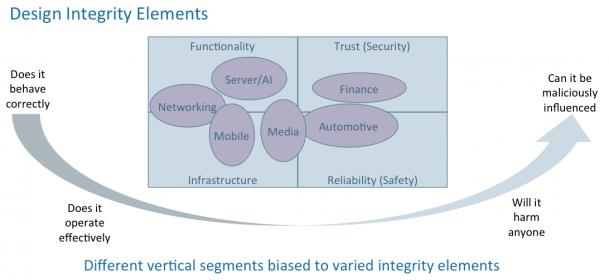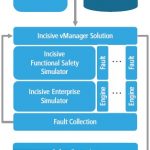You are currently viewing SemiWiki as a guest which gives you limited access to the site. To view blog comments and experience other SemiWiki features you must be a registered member. Registration is fast, simple, and absolutely free so please,
join our community today!
Successful projects leverage the investment in comprehensive methodology and resource planning, covering design and analysis flows – that planning effort is especially important for functional verification.
The emergence of complex SoC designs for advanced automotive applications has led to a major focus on verification… Read More
My usual practice when investing is to look at startup companies and try to understand if the market they are looking to serve has a significant opportunity for a new and disruptive technology. This piece compiles the ideas that I used to form an investment thesis in Portable Stimulus. Once collected, I often share ideas to get feedback.… Read More
One of the great aspects of modern hardware verification is that we keep adding new tools and methodologies to support different verification objectives (formal, simulation, real-number simulation, emulation, prototyping, UVM, PSS, software-driven verification, continuous integration, …). One of the downsides to this… Read More
Everyone knows that verification is hard and is consuming an increasing percentage of verification time and effort. And everyone should know that system-level verification (SoC plus at least some software and maybe models for other components on a board) is even harder—which is why you see hand-wringing over how incompletely… Read More
With growing complexities and sizes of SoCs, verification has become a key challenge for design closure. There isn’t a single methodology that can provide complete verification closure for an SoC. Moreover creation of verification environment including hardware, software, testbench and testcases requires significant … Read More
In today’s world where every device functions intelligently, it automatically becomes active on any kind of stimulus. The problem with such intelligence is that it can function unfavorably on any kind of bad stimulus. As the devices are complex enough in the form of SoCs (which at advanced process nodes are more susceptible to … Read More
In the current semiconductor design landscape, the design size and complexity of SoCs has grown to large extent with stable tools and technologies that can take care of integrating several IPs together. With that mammoth growth in designs, verification flows are evolving continuously to tackle the verification challenges … Read More
Big SoC designs typically break existing EDA tools and old methodologies, which then give rise to new EDA tools and methodologies out of necessity. Such is the case with the daunting task of verification planning and management where terabytes of data have simply swamped older EDA tools, making them unpleasant and ineffective… Read More









